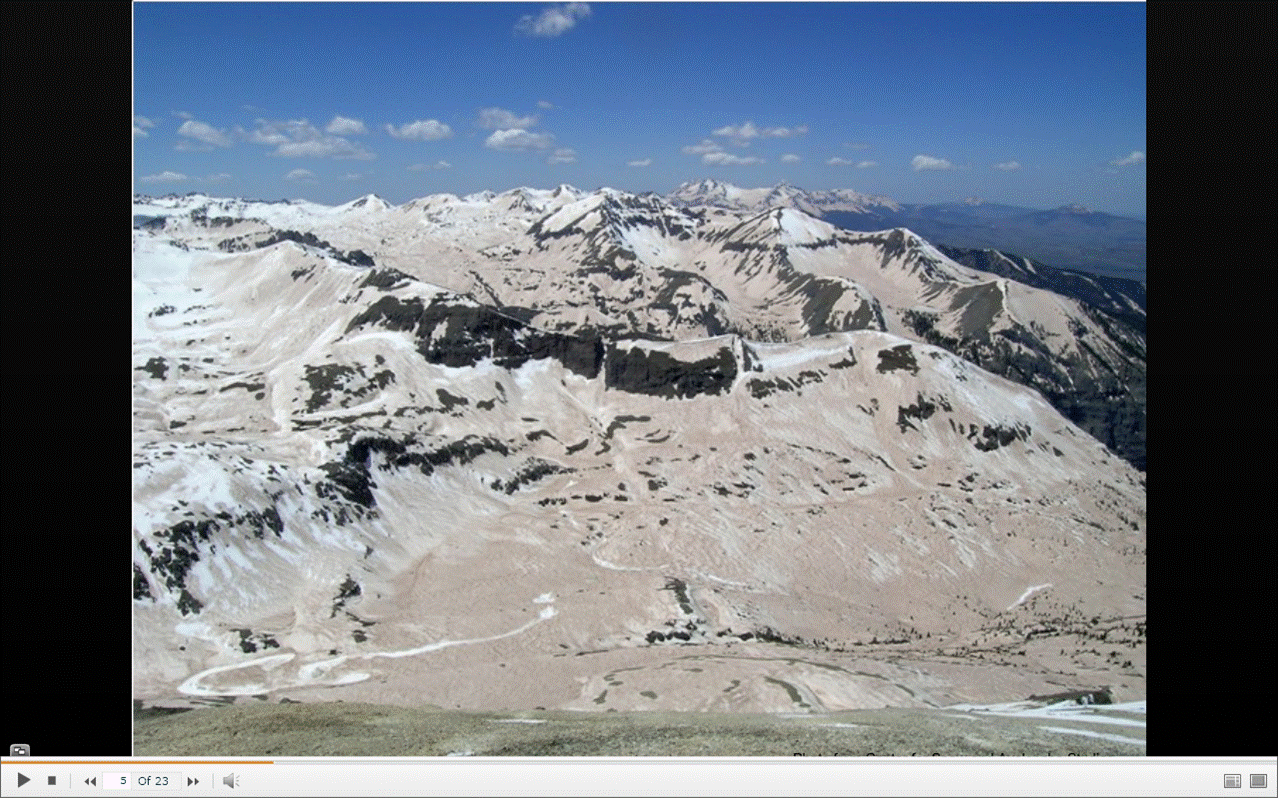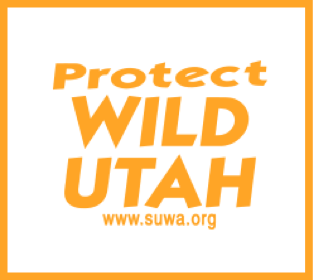|
Red Snow for the Holidays? As the Copenhagen Climate Conference draws to a close this week, consider the following question:
Why, with increasing frequency, is red dust from Utah falling on white snow in the Rocky Mountains of Colorado, causing the snowpack to melt faster? The answer has to do with soil erosion caused by roads, off-road vehicles (ORVs), and oil and gas development in Utah. The solution has to do with protecting wilderness, and we need your support. Please donate now to help SUWA protect Utah's wilderness while combating the effects of climate change on some of the West's most scenic landscapes. Background: The climate of the Colorado Plateau is getting hotter and drier. At the same time, these fragile desert lands are increasingly under assault from ORVs and oil and gas development. Desert soils in their undisturbed state are naturally more likely to withstand erosion, but when the soil is churned by ORVs running rampant, big dust storms can result. We already are seeing more and more red dust becoming airborne in Utah and settling on Colorado’s snowy peaks. Dust on top of snow creates a thermal blanket, causing the snow to melt earlier in the season, and much faster. This makes water management much more challenging, and increases the risk that water will run dry later in the season when it’s needed the most. One way to protect the Colorado Plateau from the most disruptive effects of climate change is to protect large tracts of land as wilderness. Wilderness landscapes with healthy, native vegetation not only help buffer the impacts of growing dust storms, they also protect water resources and streamside habitats (where 85% of native animals live) and provide a refuge for wildlife under stress. At SUWA, we are working with climate scientists, biologists and others to identify specific ways to combat the potentially devastating environmental consequences of climate change on the Colorado Plateau. To learn more about this issue, watch our short 4-minute slideshow. And if you haven’t already, please consider making a year-end donation to SUWA to help us with this important work! Sincerely, |
|
|
|

 Southern Utah Wilderness Alliance
Southern Utah Wilderness Alliance
Protecting Utah's Redrock Country

